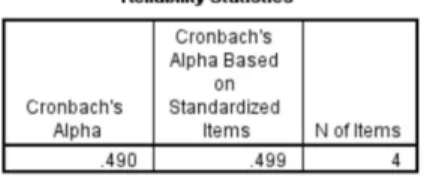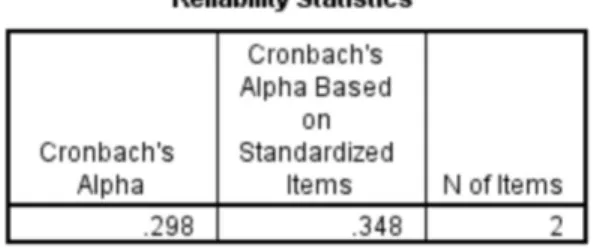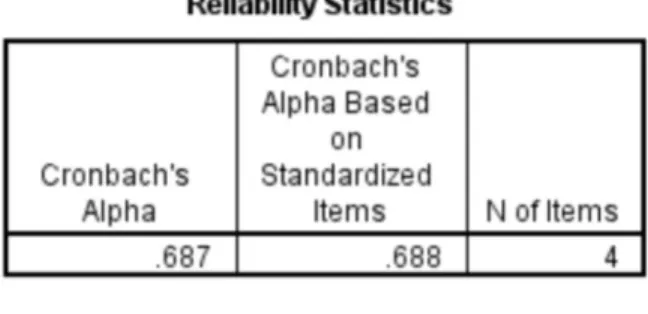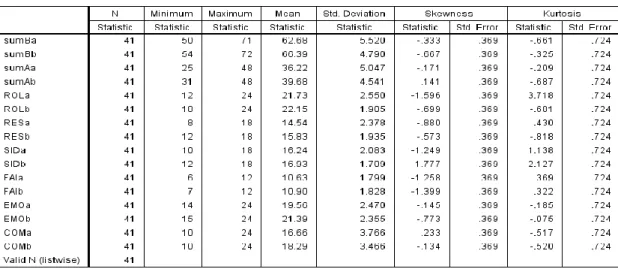The burden of my heart regarding people with disabilities dates back to when my wife, Patti, and I realized that our son, Jonathan, might have a developmental disability. While he is blessed to be part of a warm and loving congregation in Providence, a church where I have pastored for nearly three decades, he is still disconnected and disconnected from relationships in the body at times. The theme of that year's conference was Engaging Persons with Disabilities in the Life of the Church.
I am deeply indebted to the faculty and staff of The Southern Baptist Theological Seminary for the profound impact they have had on my life and ministry since I enlisted in 2018. My family has been patient and helpful throughout the process - my son, Jonathan, my daughter, Maggie, and especially my wife, Patti - I love you all dearly. Finally, I am grateful to God for His infinite wisdom in giving to His Church the gift of mental and physical disabilities so that we may have a clear testimony of our own need for grace by showing us how deficient we are in our ability to loving and serving others, and by reminding us that we are all spiritually "disabled" and in need of God's redeeming grace.
INTRODUCTION
Although we have been greatly blessed by the Lord to have a number of persons with disabilities in our congregation,5 we have struggled to fully incorporate them into the life of the congregation. Given our Lord's heart of compassion, and the beauty of the gospel message, we should not have more persons with disabilities at Providence than are present in our community. There are numerous factors that make it difficult for persons with disabilities to be fully integrated into the life of the church.
One of the most amazing yet neglected truths is that every human being is created in the image of God. Therefore, it is urgent that we learn how to include Christians with disabilities in the bodily life of the church. This optimistic modern worldview found full expression in the Secular Humanism of the early twentieth century.
Disability advocate Julie Smart describes the "perceived defining nature of disability" in how non-disabled people relate to disabled people. The end result of the postmodernist view of disability is the same as the modernist one - the response to disabled people is profoundly inadequate. This mindset makes us numb and insensitive to the suffering of disabled people, and the profound challenges they face will almost always inhibit their active inclusion in the physical life of the congregation.
We are all spiritually blind and need Jesus, "the Light of the world" to open our eyes. This example demonstrates one of the great blessings the local church receives when God gives its members with disabilities. Believers must be reminded of the sovereignty of God in all things, including the purposeful creation of every person with a disability.
The contemporary way of looking at people with disabilities is to lose sight of the individual by seeing their identity in relation to the larger group – the disabled. The title of the announcement was "Making provision more accessible to people with disabilities – Part 1". One of the ways we must seek to do this with people with disabilities is by teaching "disability etiquette."
A key concept in the passage that would be an underlying theme of the message is the word "need." We must remove all obstacles that prevent the full participation of persons with disabilities in the physical life of the congregation. Now ask yourself, 'what is missing in your local church because you don't have people with disabilities fully involved in their bodily lives.
The three goals of the project were to help Providence members (1) examine and refine their beliefs about disability and disabled people, (2) cultivate godly attitudes toward disabled people, and (3) develop essential skills for relating well with disabled people.
Would Do Differently
TABLES 1-7
Overview and Reliability of Constructs
ADDITIONAL TABLES
Because we did not include these dimensions in our objectives and in our original research plan, we did not include the following data in our discussion of the survey results in chapter 5. This deeper analysis considered even more information about the impact of the intervention on all the participants as a group, but even more about the two subgroups of participants we identified in chapter 5—the YES group, those who are disabled or family members with disabilities have and the NO group, those who are not disabled and do not. family members with disabilities. Believers with disabilities face unique challenges that make it nearly impossible for them to minister effectively to others.
People with disabilities are generally unable to make a significant contribution to their church community. Christians with disabilities can bless the body of Christ by giving a gentle and visible reminder that this world is broken and we are all broken and in need of God's grace. A church that has people with disabilities will have unique opportunities to see the power of Christ at work in ways that other churches will not.
People with special needs may sometimes need to be challenged to turn from self-pity in order to serve others in the body of Christ. If the church is faithful, we should expect, all else being equal, to have at least as many disabled people in our congregation as the percentage of disabled people in our area. Disabled Christians cannot have as much joy as non-disabled Christians.
We can glorify God more by helping people with disabilities learn to live for His glory through their disabilities than by miraculously curing them of their disabilities. Believers with special needs can glorify Christ in a unique way because they have the opportunity to demonstrate that his strength is made perfect in weakness. I believe it is unbiblical to teach that if people with disabilities can grow in faith they will be healed.
It is God's will that all disabled people are healed to the glory of God. I feel that I can empathize with people with disabilities and the challenges they face in their lives. Although Christians with severe disabilities need meaningful relationships with other believers, I am not willing to do the hard work of learning how to develop a close relationship with a person with special needs.

Paired Samples Tests of Full, Yes, and No reductions
The intervention was preceded by a pre-survey, which was administered through an online survey tool.1 Then, immediately following the intervention, the congregation was administered the post-survey, again through the online survey format. Goreczny et al., “Attitudes toward Individuals with Disabilities: Results of a Recent Survey and Implications of Those Results,” Developmental Disabilities Research 32, no.
Disability in the Church Pre-Intervention Survey
Agreement to Participate: Must be at least 18 years old
Disability in the Church Post-Intervention Survey
Believers with special needs can glorify Christ in a unique way because they have the opportunity to demonstrate it. The seminar participants found the disability simulations to be a very useful part of the project. How to pour water from a pitcher into a cup, while feeling when the water approaches the top.
Hearing Loss: Stations A and B Station A: 3
One student must wear the blindfold or sunglasses with Vaseline smeared over the lenses to experience visual impairment or. With these words and sentences, students, sitting opposite each other, can practice lip reading. This station is designed to mimic what it can be like for someone who has trouble filtering out distractions - a common problem for people with autism.
Have three trainees sit in the chairs, tie the scratched mushrooms to the back of their necks using. As they read, play loud music and have the other interns in the group do everything they can to distract the readers by asking questions out loud and using the supplies listed above. After a few minutes, you can ask the readers about the books they read to see if they were able to retain the information.
Rotate the readers so that each student in the group has the opportunity to experience a stimulus overload.
DISCUSSION QUESTIONS FOR AFTER DISABILITY SIMULATION
To help seminar participants develop better relationship skills toward persons with disabilities, we formed groups of four people each to role-play a conversation about welcoming a person with disabilities to Providence Church. An important part of the project was to measure relationship skills by having peer evaluations of the role plays.
ROLE PLAY
ROLE PLAY EVALUATION FORM
People-first words actions People-first attitudes
Attitudes toward Individuals with Special Needs: Results of Recent Research and Implications of These Results.” Developmental Disabilities Research 32, no. A Legacy of Sovereign Joy: God's Triumphant Grace in the Lives of Augustine, Luther, and Calvin. Tools in Redeemer's Hands: People who need change help people who need change.
The purpose of this project is to equip church members to be more hospitable to persons with disabilities. Statistics and surveys of persons with disabilities consistently indicate that they view the Church as unwelcome. To change this, we need to explore and refine the way we view disability and people with disabilities.


